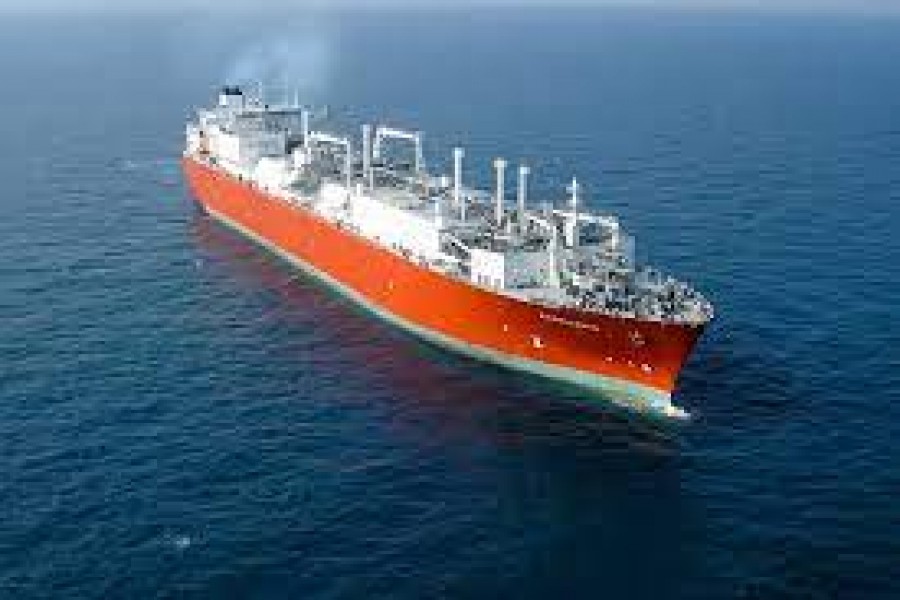Disused Sangu platform may be used as floating storage, gasification unit

Published :
Updated :

The government has moved to utilise the country's maiden offshore gas platform and associated pipelines of Sangu field after seven years into its abandonment.
"We're now considering utilising the (disused) Sangu platform," says state minister for power, energy and mineral resources Nasrul Hamid.
Several foreign firms have already proposed to exploit the platform as a gateway to import LNG (liquefied natural gas), regasify and supply it to end-users.
A decision on the Sangu facility's proper utilisation would be taken soon after scrutiny, Mr Hamid adds.
According to officials, Petrobangla, the owner of the platform, has kept it abandoned over the years, posing a threat of permanent damage to the facility worth millions of dollars.
The Sangu facility includes a platform in the Bay of Bengal, a subsea pipeline and an onshore gas process plant at Faujdarhat in south-eastern Chattogram district.
A 50-kilometre 20-inch diameter seabed pipeline was also built between the offshore platform and the onshore plant.
Sangu platform is located at calm sea near the planned bay terminal of Chattogram port at Silimpur, which is free from sea turmoil.
Unlike two domestic operational FSRUs (floating, storage, regasification units), sources say, the platform has the advantage to be functional even during peak monsoon season without interruption.
Earlier, LNG regasification at Excelerate Energy's and Summit Group's FSRUs at Moheshkhali island in the Bay was disrupted several times due to rough sea.
Several years ago, the energy and mineral resources division initiated to build or install a small-scale FSRU at the Sangu platform to regasify 200-million cubic feet per day (mmcfd) of LNG by a global firm.
Vitol Asia was in final talks with the state-run Petrobangla and its subsidiary, Rupantarita Prakritik Gas Company Ltd, to build the FSRU and supply regasified LNG.
But the plan was shelved in 2018 as the government focused more on building bigger-capacity FSRUs and subsequently built two units having the capacity to regasify around 500 mmcfd each.
As gas demand mounts, the government now considers allowing private entrepreneurs to build more FSRUs, regasify and supply LNG to the national gas grid, says a senior energy ministry official.
Sources said Sangu gas field was discovered in 1996 in the Bay of Bengal, 50 kilometres off the land near Silimpur.
Australian oil and gas firm Santos was in charge of operations when the field was permanently shut on 01 October 2013.
According to the sources, Sangu started supplying gas in 1998 under the operatorship of Cairn Energy.
Initially, it produced around 50 mmcfd of gas, which increased up to 180 mmcfd.
Production levels dropped to an average 49 mmcfd in 2009 and 18 mmcfd in 2011.
The platform was declared abandoned when gas production dropped to 2.0-3.0 mmcfd at the end of 2013.
According to Petrobangla, an estimated 488-billion cubic feet (Bcf) of gas was produced from this field from 1998 to 2013.
Sangu was discovered by Cairn with a proven reserve of 800 Bcf. Its ownership was handed to Dutch Shell Oil Company with assets and liabilities in 1998.
But after steady gas production for six years from Sangu, Shell gave all upstream assets and undertakings back to Cairn in 2004.
Cairn then sold the field to Santos in 2010.
Santos and its predecessors Cairn and Shell invested more than $1.0 billion in the gas field.


 For all latest news, follow The Financial Express Google News channel.
For all latest news, follow The Financial Express Google News channel.